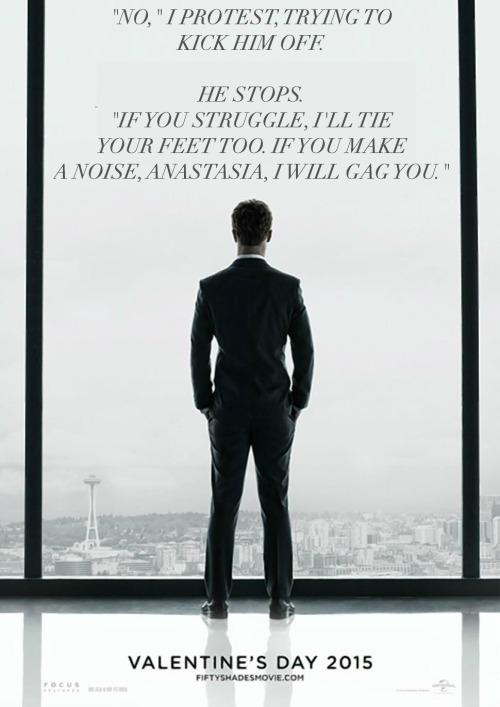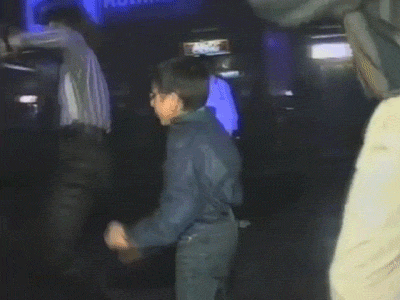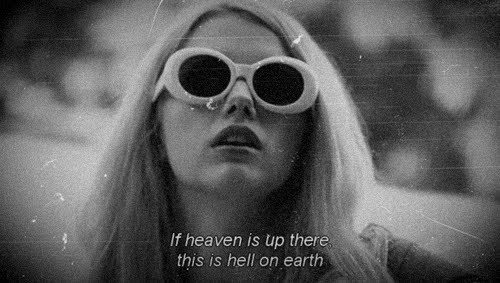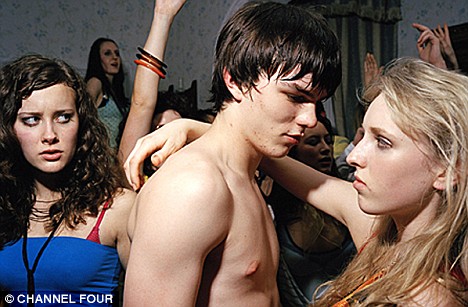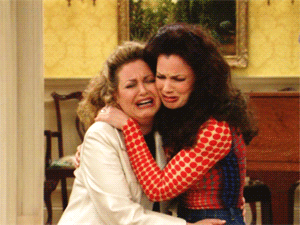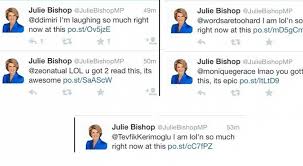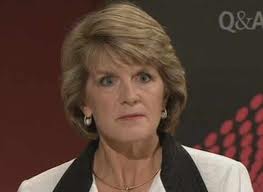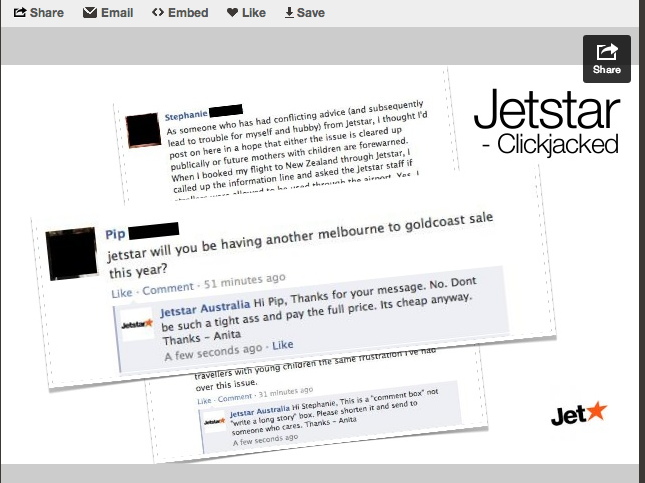My favourite ad right now….
The Ronald McDonald House campaign currently running in the form of a TVC is an example of some excellent advertising.
The ad highlights the importance of initiatives in place to keep sick kids and their families together, representing this in visual terms through a little girl’s journey “out of the woods” and into a fresh outlook on the world. We see how it takes an entire family to help the little girl up a tree, and feel a sense of joy as she reaches the top, where alongside her Mum she looks out at the beautiful view of all life now has to offer her.
Instead of resorting to ‘sick kid’ cliches, the ad creators pull on the audience’s heartstrings through the highly creative visual metaphor of the little girl’s journey up the tree. It’s an image which effectively conveys Ronald McDonald House’s key message, that “Family is the best medicine. Ronald McDonald House Charities help them stay close”.
The soundtrack used in the TVC is also exceptionally emotive, a rendition of Barry Louis Polisar’s “All I Want is You”, which you may remember from the film Juno. The song is a lilting lullaby beginning the moment the little girl finds shelter up the tree. This moment of auditory relief from the imminent boom of thunder, reiterates how the the tree is symbolic of the facilities and services the organisation offers as a form of “shelter from the storm” for vulnerable families.
Additionally, the ad’s appeal to me also lies in the immersive setting it momentarily presents us. It is always a break for the senses when it appears within the ad break, usually book ended of course by high intensity car ads or tv trailers inexplicably scored by a breathy female husk. But this fails to be one of those ads whose message hides behind exceptional production values. The visual metaphor presents a strong, clear and relevant connection to the values of the actual brand.
My favourite brand…
RMIT University is one of my favourite brands. This may be due to the fact that I have personally helped to look after it this year working in its PR department, or that it has been the place where I have discovered as a student what I want to do with my life. But I feel even as an outsider, I would thing the brand and its values are always conveyed interestingly and succinctly. Across a variety of campaigns their branding is always immensely consistent, even as a Year 12 student many years back I could almost rattle off the terms “Global, Urban, Connected” which still form the cornerstone of all of its Comms and Marketing strategy. I like how they capitalise on the University’s location in the heart of the CBD through messaging like “I am part of a living city”, establishing themselves almost as part of the fabric of Melbourne itself. The other key element I’ve always loved has been the continuous use of an unsmiling black and white student/alumnus/staff member in its Print advertising. Subverting the usual smiling multicultural group sitting on a manicured lawn, these ads are more visually striking, showing people who seem cool and assured of their place in the world. It’s an enigmatic “mona lisa smile” which is literally embedded within their marketing strategy- the subjects still appear friendly but aren’t actually allowed to smile.
A challenge I have faced in my professional life…
Thriving most in vulnerable sections of society, Mental Illness remains one of the hardest things for Australians to talk about. If people are unable to physically communicate about this issue, you can imagine how problematic taking this conversation to social media can be.
Last year I was charged with doing just that whilst working on a mental health awareness campaign at an NGO.
After speaking to many journalists who simply hung up the phone at the mere mention of an ambassador affected by suicide, I decided to make contact with Jeremy Little from Mindframe, an organisation charged with educating practitioners about the discussion of suicide and other issues of high sensitivity in a Web 2.0 context. Jeremy’s input became invaluable with the rise in popularity of our social media channels. As our pursuit of media coverage fell on ears deafened by the restrictions and particulars of reportage about mental health, we noticed a huge spike in the popularity of our Web 2.0 channels.
But this blessing, turned out to be a very unexpected curse, as we were faced with the pitfalls of creating a thriving hub of social media engagement. We had unwittingly created a community which had taken on a form entirely of its own, as tragic stories emerged through our feeds and people wrote in with expressions of hopelessness we were not equipped to handle in a mere comment box.
In the age of Web 2.0, the barriers of expression had been broken down so effectively that people were taking to our pages to share their darkest thoughts.
So guided by Mindframe’s recommendations, the team went into a state of crisis management, deleting comments readers would find triggering, and contacting their authors with details of support networks they might defer their concerns to. We wanted to now use our influence to take the conversation, ironically, offline and targeted toward professional organisations such as Lifeline and headspace.
The discovery and promotion of eheadspace, a platform whereby users can anonymously make contact with a mental health professional online, tapped into people’s comfortability with expressing themselves freely online and channelled it toward a more appropriate source.
It is certainly a challenging fact that Web 2.0 is a fabulous opportunity for connecting with our audiences, however, the democratic free for all of the medium means we as strategic communicators are no longer able to control this conversation.
What does my ideal work situation look like?
I’d like to be involved with an organisation whose values and internal culture I admire and would one day wish to emulate in my own organisation.
An ideal work situation for me is one that affords the same level of respect and affection for the PAs, interns, mail guys and receptionists as the Executives, Seniors, COOs and CEOs. I have found that the mark of an effective or ineffective working culture is how an organisation treats the person who is hypothetically on the lowest rung of the corporate ladder due to age, experience, position description or income.
In addition, I am a person who responds well to a fast paced environment replete with deadlines hanging in the air as an organised person with an above average level of focus.
I think the best teams are the ones who can bounce off each other, build a repartee and have a laugh together, even a couple of hours after a conflict or professional slip up.
Finally, it appeals to me being part of a unit who are all interested in a similar field and fascinated by the way we attempt to relate to each other through this thing called Communication.
Proudest accomplishments:
1. As students we go through a patchwork of different jobs at uni. For a summer I worked as children’s theatre show performer. The production, a popular adaptation of an Andy Griffiths book, was one of the greatest achievements of my life. Not only was I paid to perform “Gangnam Style” twice a day (back then that was current) and pretend to vomit out yoghurt with green food colouring at the end of every show (you may be familiar with Andy Griffiths’ aesthetic as the author of ‘The Day My Bum went Psycho’)…. I got to make thousands of little kids laugh. We toured the production through a few local schools for kids and young adults living with disability, and the incredible joy and fascination on their faces gave me a feeling of satisfaction almost nothing could ever live up to. Subsequently I became a tutor for teenagers with intellectual disabilities and the experiences I’ve shared with my students, as well as those audience members are memories I’ll always comfortingly take with me to my future ‘grown up’ jobs- which will hopefully involve less Gangnam Style and fake vomit.
2. In 2011 I graduated high school with an ATAR score of 98.1 and a perfect score of 50 in English. This is obviously a change of tact from the first accomplishment on this list, but this achievement means much more than a number to me. Toward the end of year 12 I fell profoundly ill and wasn’t able to attend school for weeks. I nearly resigned myself to failure (quantifiable back then by a certain ATAR score), but I looked back on the work I had done all year and throughout my schooling and refused to give up on a number that did justice to my effort and attitude. I drew on the repartee I had established with my teachers and in turn they worked hard to help me through the year in a way that again did justice to my effort and attitude. I emerged as the Dux of three subjects, with one perfect score and an ATAR that really defied everyone’s belief.
But beside from giving me lots of options to pick from at Uni, the most satisfying thing about this accomplishment was the fact that excellent academic results meant I had the credibility to first establish myself as a VCE English and Literature Tutor. Since then I have tutored and mentored over 30 students through the bubble that is VCE, alongside work with young adults with intellectual disabilities. This job has really affirmed to me my talent for communication, for using carefully targeted strategies to appeal to different modes of thinking and understanding, for translating complexity into relatability and for dealing with a variety of different personalities, each with their own difficulties and rewards.

